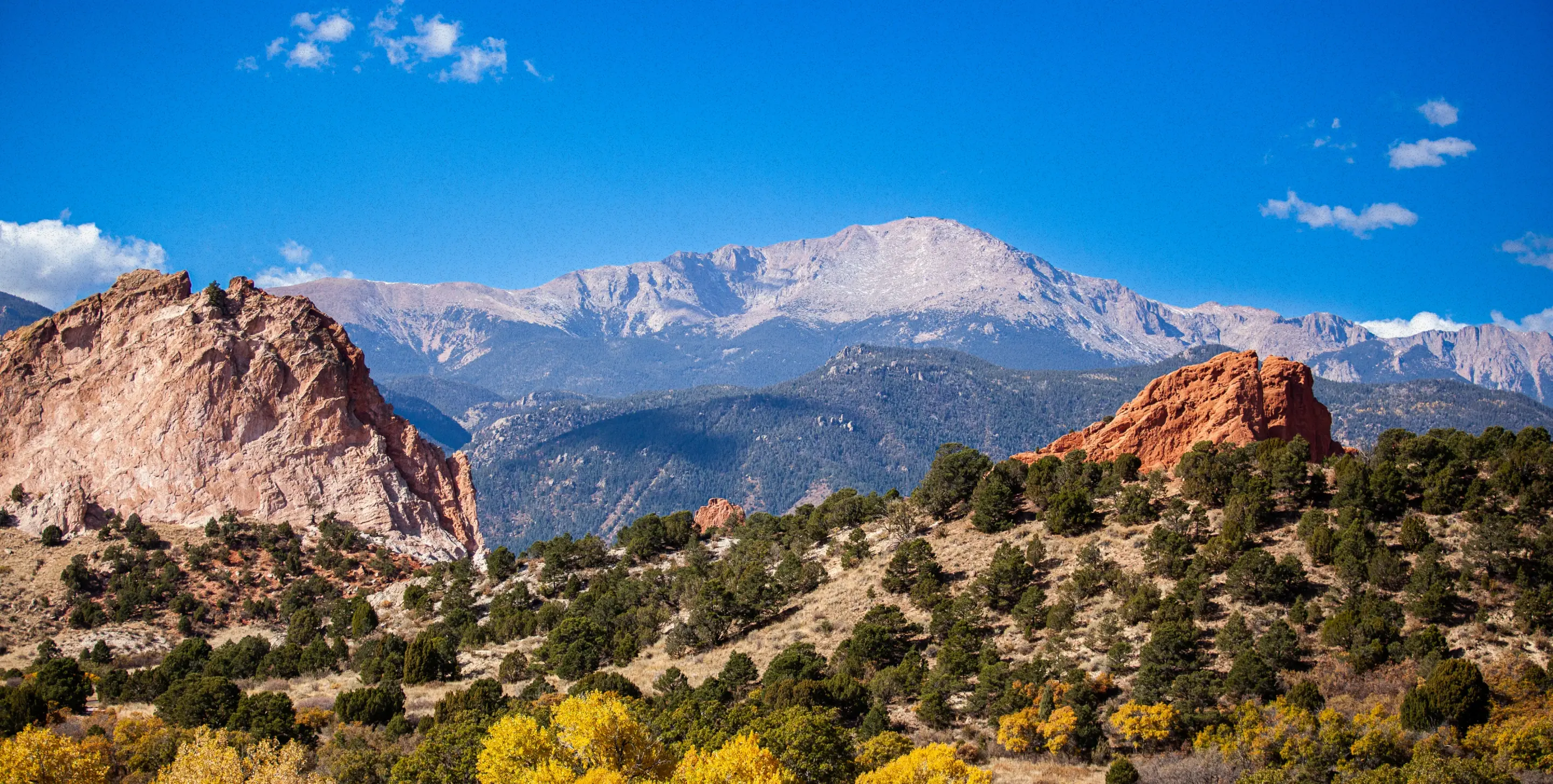
Carbon monoxide (CO) is a colorless, odorless, deadly gas. Because you can’t see, taste or smell it, CO is known as the silent killer. Like any fuel, natural gas needs enough oxygen from combustion air to burn safely and completely. Without enough oxygen, the burn is incomplete, and CO is produced.
CO is easily absorbed into the bloodstream, displacing oxygen, eventually resulting in brain damage or death. Dangerous levels of CO can especially affect unborn babies, infants and people with anemia or a history of heart disease.
Symptoms of CO poisoning
Physical symptoms of CO poisoning vary, depending on the amount of CO absorbed into the bloodstream.
Mild exposure
- Slight headache
- Nausea
- Vomiting
- Fatigue
Medium exposure
- Severe headache
- Drowsiness
- Confusion
- Rapid heart rate
Severe exposure
- Unconsciousness
- Convulsions
- Cardiac/respiratory failure
- Death
If you suspect CO in your home or business
- Leave the premises and get fresh air immediately.
- Call 9-1-1 or (719) 448-4800.
- If experiencing flu-like symptoms of CO poisoning, seek medical attention.
- Contact a licensed heating contractor for an emergency inspection.
- Do not return to your home or business until the source of the CO has been identified and the problem corrected.
How do I reduce the risk of CO poisoning?
You can prevent CO poisoning through proper appliance installation, maintenance and use. Follow these steps to protect you and your family.
- Install a CO alarm on every floor of your home, especially near sleeping areas.
- When purchasing a CO alarm, be sure it conforms to Underwriters Laboratories standard (UL) 2034 or is American Gas Association certified.
- Follow the manufacturer’s installation and maintenance instructions.
- Be sure there’s a test button to verify that the detector is working.
- Have a qualified professional inspect your heating and cooling equipment annually. The contractor should check appliance vents for corrosion and blockage. The appliance itself should be checked for cleanliness, proper adjustment and approved connectors.
- After hailstorms, have a qualified contractor check your vent cap for damage. Failure to inspect appliance vent caps can cause appliances to vent improperly, leading to carbon monoxide readings inside your home. Also, check your electric and gas meters for damage.
- Never operate a vehicle, lawn mower, snow blower or other fuel-burning equipment in an attached garage, even with the door open.
- Do not use your gas range or oven for heat. Never burn charcoal indoors.
- Make sure your clothes dryer is properly vented and free of lint.
- Keep a window slightly open while using your fireplace. This lets in fresh air and helps stop dangerous gases from building up inside.
If you suspect your carbon monoxide alarm is not working properly (e.g., chirping), check for low batteries. If the battery is low, replace it. If it still sounds, call the fire department.

